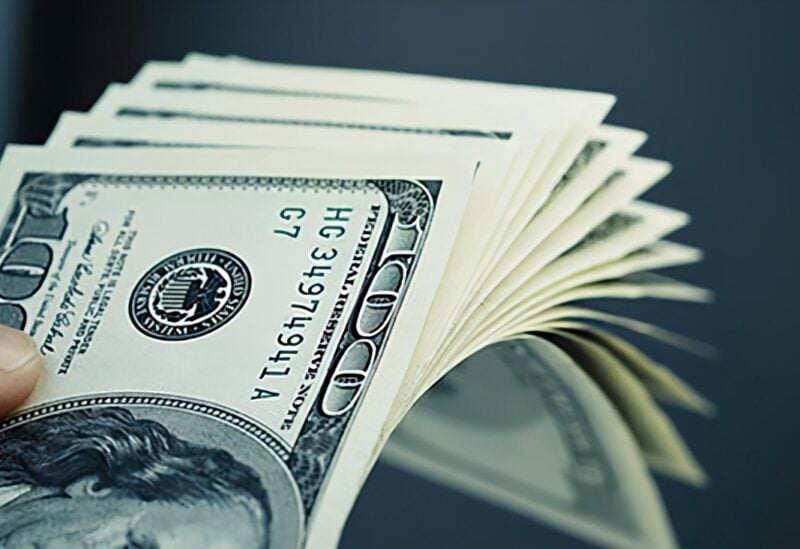
US dollar
The dollar rose and equity markets slid on Thursday after more hawkish remarks from Federal Reserve officials reminded investors a less aggressive monetary policy is unlikely with U.S. employment data still showing a tight labor market.
Nagging recession and higher interest rate worries rattled European markets, while the pound tumbled as Britain hoped to put its disastrous recent fiscal experiment behind it with a more austere-looking budget.
The U.S. central bank needs to continue raising rates by at least another full percentage point, as hikes so far “have had only limited effects on observed inflation,” said James Bullard, president of the St. Louis Fed.
Using even “dovish” assumptions, a basic monetary policy rule would require rates to rise to at least around 5%, while stricter assumptions would recommend rates above 7%, Bullard said at an economic event in Louisville, Kentucky.
Market expectations for the Fed’s peak terminal rate edged up to almost 5% in May and June after the tough talk from Bullard and other Fed officials this week.
“The narrative has quickly shifted to perhaps a more moderate path to inflation next year and what would happen if there’s a meaningful slowdown in growth and a recession,” said Subadra Rajappa, head of U.S. rates strategy at Societe Generale in New York.
The pan-European STOXX 600 index (.STOXX) lost 0.45% and MSCI’s gauge of stocks across the globe (.MIWD00000PUS) shed 1.24%.
On Wall Street, the Dow Jones Industrial Average (.DJI) fell 0.78%, the S&P 500 (.SPX) lost 1.18% and the Nasdaq Composite (.IXIC) dropped 1.15%.
Jobless claims data showed U.S. unemployment benefits claims fell last week, indicating the labor market is still tight despite the Fed’s aggressive rate hikes to cool demand.
Expectations of higher rates strengthened the dollar and weakened other currencies. The dollar plunged 3.7% last week when U.S. consumer inflation data for October came in lower than expected and spawned hope the Fed could halt rate hikes.
The euro fell 0.61% to $1.0329, and the yen weakened 0.74% versus the dollar to 140.57.
Sterling $1.1779, slid 1.08% on the day after the new British government delivered a new budget plan of 55 billion pounds ($64.93 billion) of tax rises and spending cuts.
DoubleLine portfolio manager Bill Campbell said the pound’s rebound over the last month meant the budget’s main headlines were probably already priced in, and that Britain’s experience may well be mirrored elsewhere, especially with recessions looming and an ongoing energy crisis.
“Fed commentary, like the resilient spending numbers, gave little succour for anyone looking for an imminent pivot,” with caution permeating markets as a result, Ted Nugent, an economist at National Australia Bank, wrote in a client note.
Concerns about the economic outlook has sent the Treasury yield curve deeply inverted, suggesting investors are braced for recession.
The 2-year/10-year yield spread closed under -60 bps for the first time since 1982 “which is concerning when you consider its historic accuracy as a leading indicator of recessions,” Deutsche Bank’s Jim Reid said.
The gap between yields on two- and 10-year Treasury notes , seen as a recession harbinger, was at -69.8 basis points.
The yield on benchmark 10-year notes rose 9.6 basis points to 3.790%.
U.S. crude recently fell 3.19% to $82.86 per barrel and Brent was at $90.92, down 2.09% on the day.
Nickel, copper and tin all fell heavily though as industrial metals took a battering . Spot gold fell 0.9% to $1,758.45 per ounce.